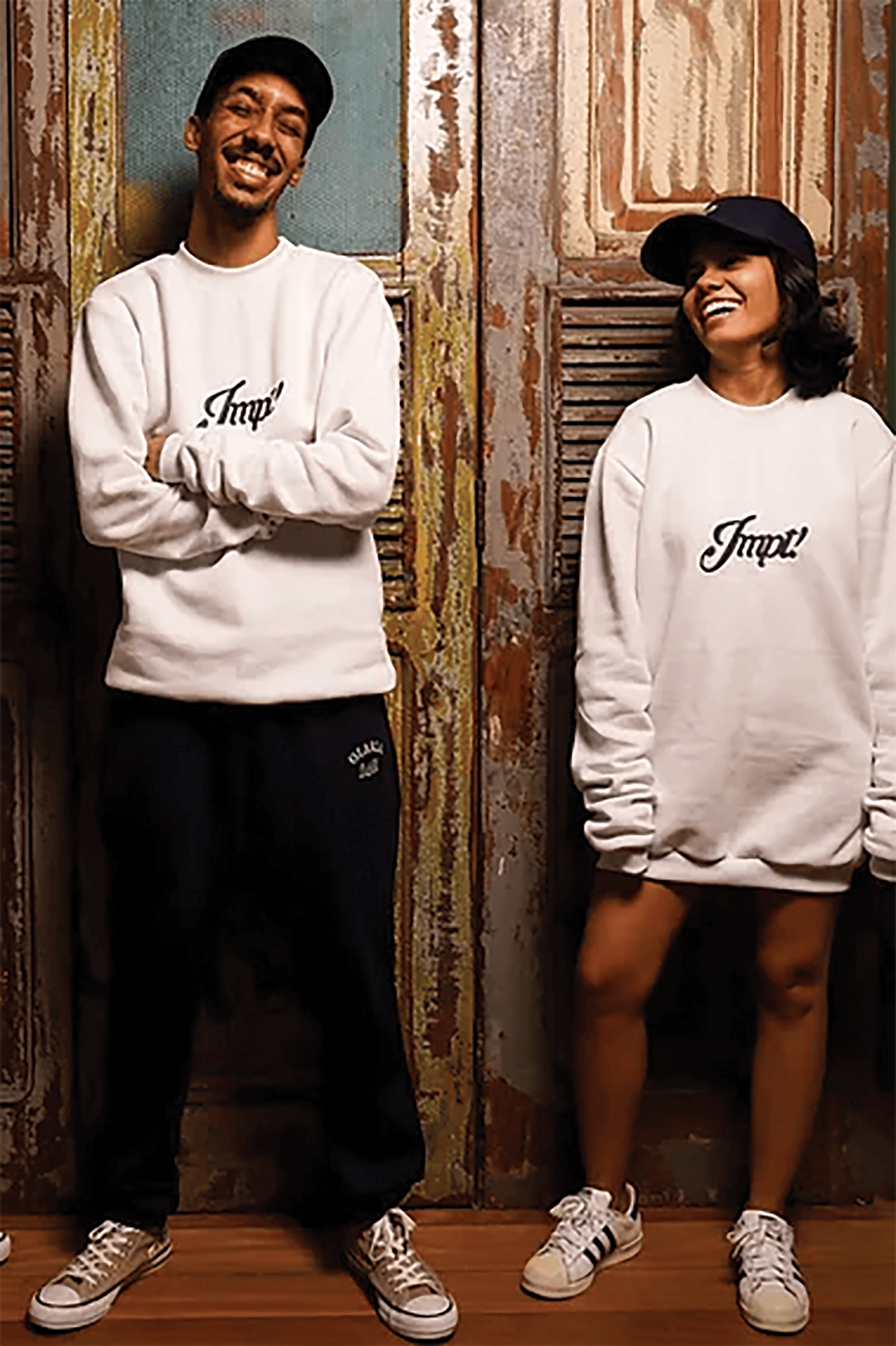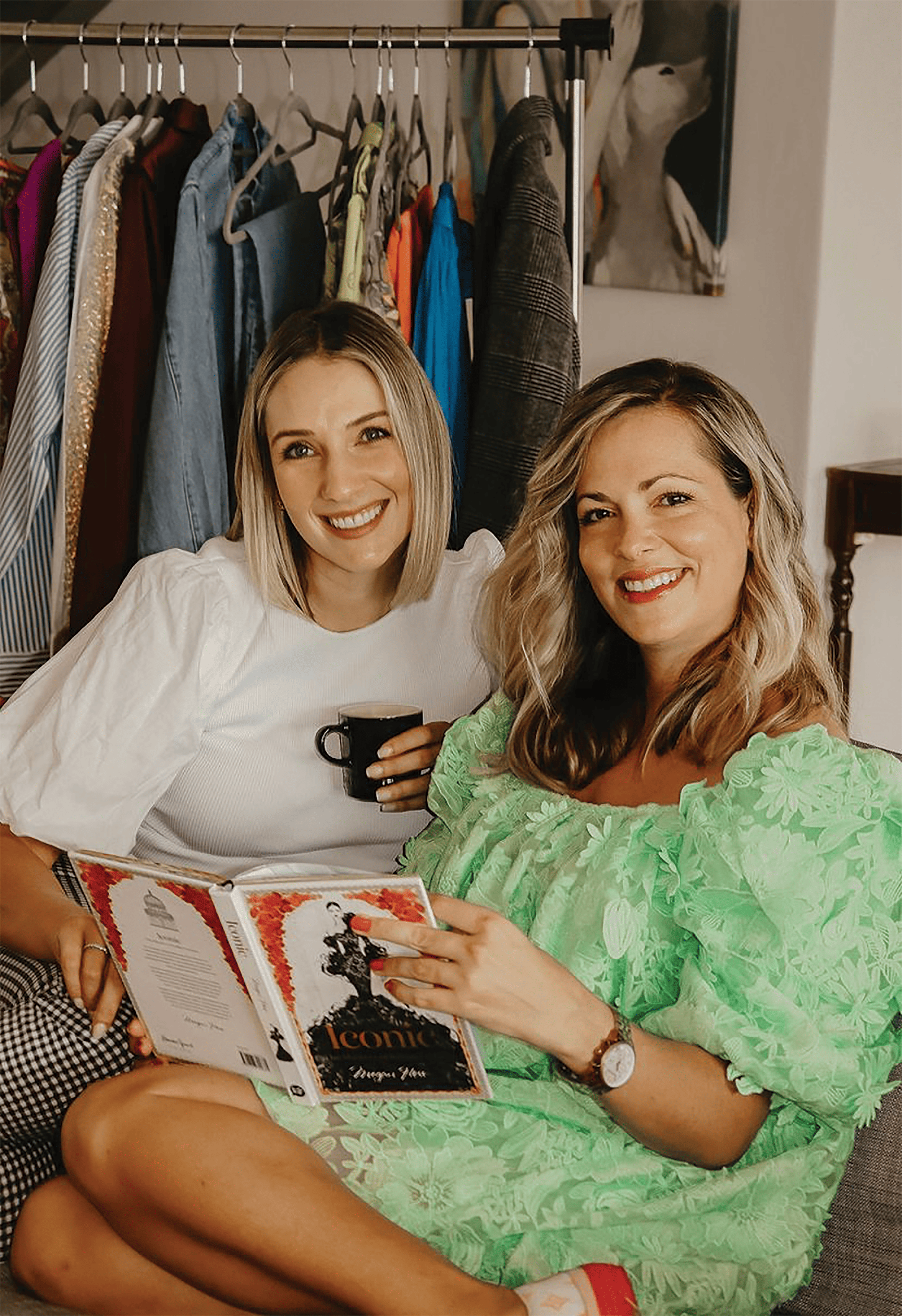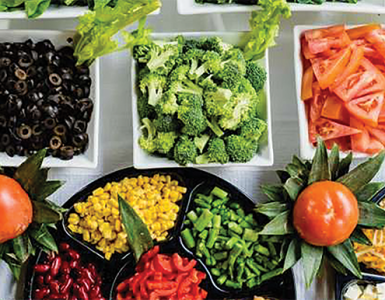RELEVANCE: Brazilian fashion designer and IMPT! Clothing label owner Victor Hugo Ramos uses product design and development for relevance and impact. In this article, he explains how companies can use fashion to share their local reality with the world
By Victor Hugo Ramos

Clothes have the power to express people’s identities, personalities, and backgrounds. Fashion brands aim to create products that resonate with them and their audience.
At IMPT! we have the intention to present our local culture worldwide via our brand and incorporate that into the product creation process. Founded in 2015, IMPT! is a lifestyle brand from Rio de Janeiro, more precisely from OLARIA. Founded by Victor Hugo and Carolina Ramos, the brand was born with the intention of promoting a lifestyle that values the transforming and relevant power of those who do not conform to the limiting barriers.
IMPT! has a global vision but chooses to drink from the sources of its local culture to convey optimism, tranquillity, confidence, elegance, and nobility through its creations. In addition to urban fashion, the brand is directly linked to music and contemporary art. Founded in 2015, IMPT! is a lifestyle brand from Rio de Janeiro. The brand was born with the intention of promoting a lifestyle that values the transforming and relevant power of those who do not conform to the limiting barriers.
In addition to urban fashion, the brand is directly linked to music and contemporary art, which inspires the slogan: “Music is the fuel. Fashion is the expression. Imagination is the designer.” The name IMPT! means an abbreviation for the word “important”.
Learn more below about five factors we consider when creating products to express a local culture in an international landscape.
Niche Aesthetic
If you are in the fashion business, aesthetic matters. It is important to realize what type of aesthetic your brand is trying to explore in product creation. Probably, the aesthetic that you will select represents a niche or lifestyle, so research it and gather references. Sometimes the same aesthetic represents different niches in different locations around the world. So, clarify if the aesthetic you are exploring will help you to express what you want with your target audience. After this, you can go forward to design the product.
IMPT! is part of the community of Certified B Corporations. Learn more about the growing movement of people using business as a force for good, and sign up to receive the B The Change Weekly newsletter for more stories like this one, delivered straight to your inbox once a week.
Lifestyle Representation
As I mentioned in the introduction, clothes represent more than a preference; they also indicate a lifestyle. When designing clothes that incorporate local culture, think about representing a lifestyle trait or mood that resonates. In an international landscape, think about making a point about the same lifestyle while highlighting your local cultural perspective.
So, for example, casual sportswear is a loved niche in fashion worldwide, and at IMPT! we love to make designs that portray the local passion for soccer. By mixing local and global references, we can create a design that resonates with people around the world.
Similarities
Use the power of similarities between cultures to favour your brand. In an international collaboration, IMPT! partnered with the American brand First Twelve. We brought together the ’90s iconic soccer era and the minimalistic casual varsity vibes in a single product: a T-shirt as a redesign of the PSG Ronaldinho jersey. We love this project because it is a perfect example of how we can bring together different perspectives of sports love with a defined aesthetic that targets a specific audience.. – The article was sourced from Medium Daily Digest
THE NEVER NEW FASHION FAIR

IMPACT: Sustainable fashion supported by conscious shopping is the future…
By Mpumi Brown
Sustainable fashion is the driving force behind conscious shopping in the fast-changing fashion world. Never New Fashion Fair (@nevernewfashionfair) was started by Vasti McLeod in April 2022, and shortly thereafter Tania Daniel joined as partner.
While McLeod Iived in France for five years and loved the vintage shopping and thrift fairs there, she got inspired and created Never New Fashion Fair, which is a new concept in Durban.
McLeod explains: “It gave me the inspiration for what we started last year. Every girl rents a rail and come sell their gently used clothes, shoes and accessories”.
McLeod hosted the first fashion fair while on maternity leave. With 25 rails to start, she sent the invite out to everyone she knows, praying that people will come and shop. The response was super positive and everyone loved the idea. In Feb 2023, they had their fourth event and got bigger every time. “We all have beautiful clothes sitting in our wardrobe, that we have only worn once or twice. Now you can sell it and actually make some money,” says Daniel.
The extremely detrimental impact of fast fashion waste on the environment is no news. Besides being responsible for nearly 10 percent of global carbon emissions, the industry is also infamously known for the amount of resources it wastes and the millions of clothes ending up in landfills every day.
Similar events have been organised, but on a smaller scale to what Never New Fashion Fair has to offer. Everyone can find amazing options and value for money. This innovative sustainability trend is changing customer habits and elevating the stigma around buying second hand clothes.
Never New Fashion Fair is targeting any like-minded women who appreciates the movement towards sustainable and circular fashion. On social media, one can only be seen in the same outfit once. This idea fuels the constant buying of new things.
As she works in fashion, she understands all the work, time and resources that go into one garment. “So, it hurts me to think that some people wear it once and then it gets thrown away”.
In Europe, people literally throw their used clothes in the bin. A lot of these clothes get dumped in landfills and in Africa. It has such a negative effect on the environment. That is why we have to think about what we buy and try to make our use of clothing more circular.
I think it is successful because it brings a community of women together. It is a great morning where we can get together, shop, have coffee and just have some fun.
Our goal is for the fashion fair to become an institutionalised in Durban and create more awareness around sustainability. They are planning to expand the brand to Johannesburg.
Gauteng should prepare for the Never New Fashion Fair towards September!





























